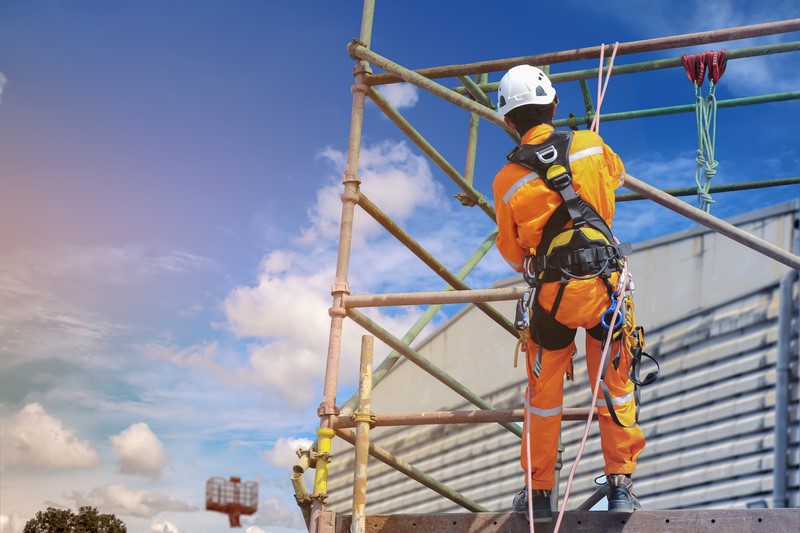
Scaffolding is an indispensable tool in the construction and maintenance industries, providing the necessary support and access for workers to reach elevated areas safely and efficiently. Its primary function is to offer a stable and secure platform that facilitates a range of tasks, from building and repairing structures to cleaning 鋁架工作台 and painting. Understanding the different types of scaffolding, their proper use, and the associated safety protocols is essential for successful project execution and worker protection.
There are several types of scaffolding, each suited to specific tasks and environments. Supported scaffolding, which includes systems like frame scaffolding and pole scaffolding, is the most common type. It is anchored to the ground and consists of a framework that supports the platform where workers stand. This type of scaffolding is often used in construction and renovation projects because of its stability and adaptability to various building heights and shapes. Suspended scaffolding, on the other hand, is supported by ropes or cables from an overhead structure. This type is ideal for tasks that involve working on the exterior of high-rise buildings, such as window cleaning or facade repairs. Lastly, rolling scaffolding is mounted on wheels, allowing for mobility and repositioning with ease. It is particularly useful in situations where frequent movement across different areas is required.
The process of erecting and dismantling scaffolding requires careful planning and adherence to safety standards. Before scaffolding is set up, a thorough site assessment is conducted to evaluate ground conditions and structural stability. Qualified personnel should carry out the erection process, ensuring that all components are properly aligned and securely connected. During use, scaffolding must be inspected regularly to detect any potential issues such as loose fittings or wear and tear. These inspections help maintain the integrity of the scaffolding and prevent accidents.
Safety is paramount when using scaffolding. Workers should be trained in proper scaffold use and be equipped with personal protective equipment (PPE), such as safety harnesses and helmets. Guardrails, toe boards, and other safety features must be installed to prevent falls and protect workers from falling objects. Additionally, scaffolding should be inspected daily before use to confirm that it meets safety regulations and is in good working condition.
Scaffolding not only enhances safety but also improves efficiency and productivity on the job site. By providing a stable and accessible work platform, scaffolding eliminates the need for ladders, which can be less stable and more cumbersome to use. This allows workers to perform their tasks more effectively and with greater ease. In sectors like painting and bricklaying, scaffolding helps speed up the completion of tasks and contributes to a higher quality of work.
Advancements in scaffolding technology have introduced more innovative and efficient systems. Modular scaffolding, for instance, offers flexibility in design and assembly, allowing for quick adjustments to suit different project requirements. Modern materials and engineering have also led to the development of lighter and more durable scaffolding options, enhancing overall safety and usability.
In summary, scaffolding is a vital component in construction and maintenance work, providing a safe and effective means of accessing elevated areas and performing various tasks. Understanding the different types of scaffolding, following safety protocols, and embracing technological advancements can lead to successful project outcomes and ensure the well-being of all involved. Properly utilized, scaffolding not only facilitates the efficient completion of projects but also significantly enhances worker safety and productivity.